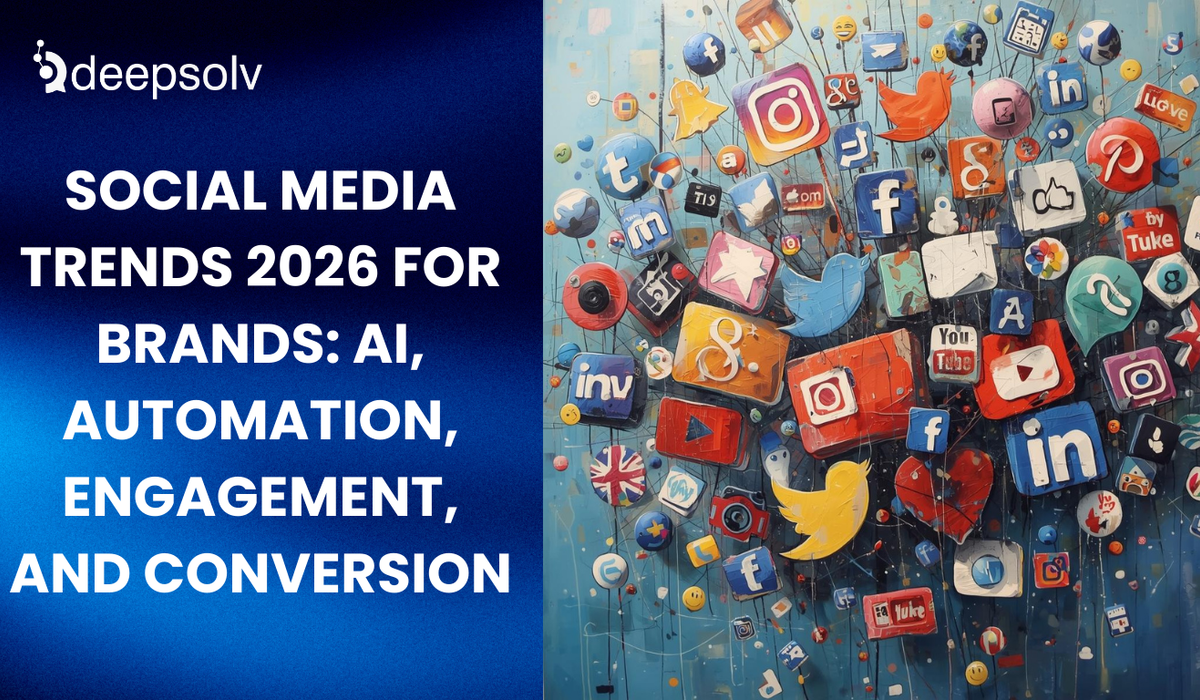Why You Can’t Afford to Ignore Tracking Brand Mentions Across Networks in 2025
8 min read
Published: 2/7/2025
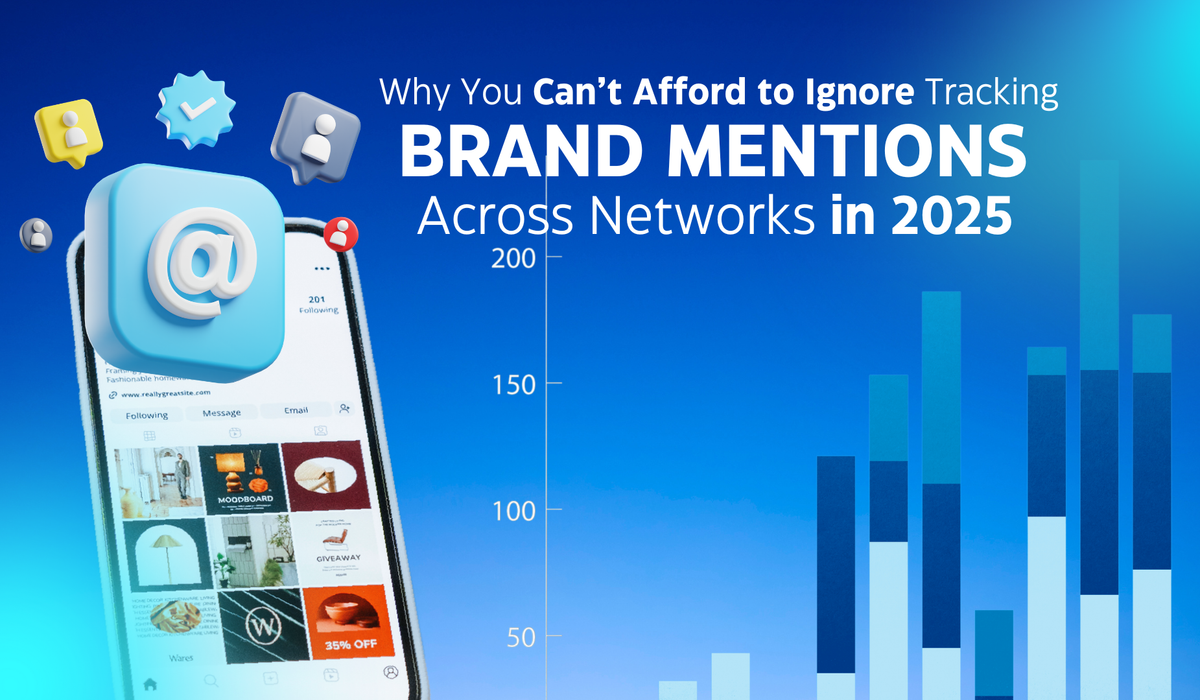
Introduction: The Power of Brand Mentions in Today’s Digital Era
Let’s face the harsh reality- In today’s digital world, your brand’s reputation lives and dies by what people say online. Think about the last time you bought anything online or just tried a new service. Did you check out what others had to say about it first? The chances of you doing it are extremely high. This is why it is fascinating (but definitely not surprising) that over 92% consumers trust recommendations from complete strangers. Welcome to the new era of word-of-mouth marketing: brand mentions.
But here’s the piece of information no one would tell you: it is not just your brand mentions that matter, but your competitors’ mentions too. That’s where the real gold mine of insights and monitoring brand reputation lies. Brands that fail to smartly monitor this often fall behind in competitive mentioning, customer perception, and potential revenue opportunities.
In this article, we will explore what brand mentions mean for your brand, how you can effectively track it, and streamline it across your networks in 2025.
1. What Are Brand Mentions and Why Are They Important in 2025?
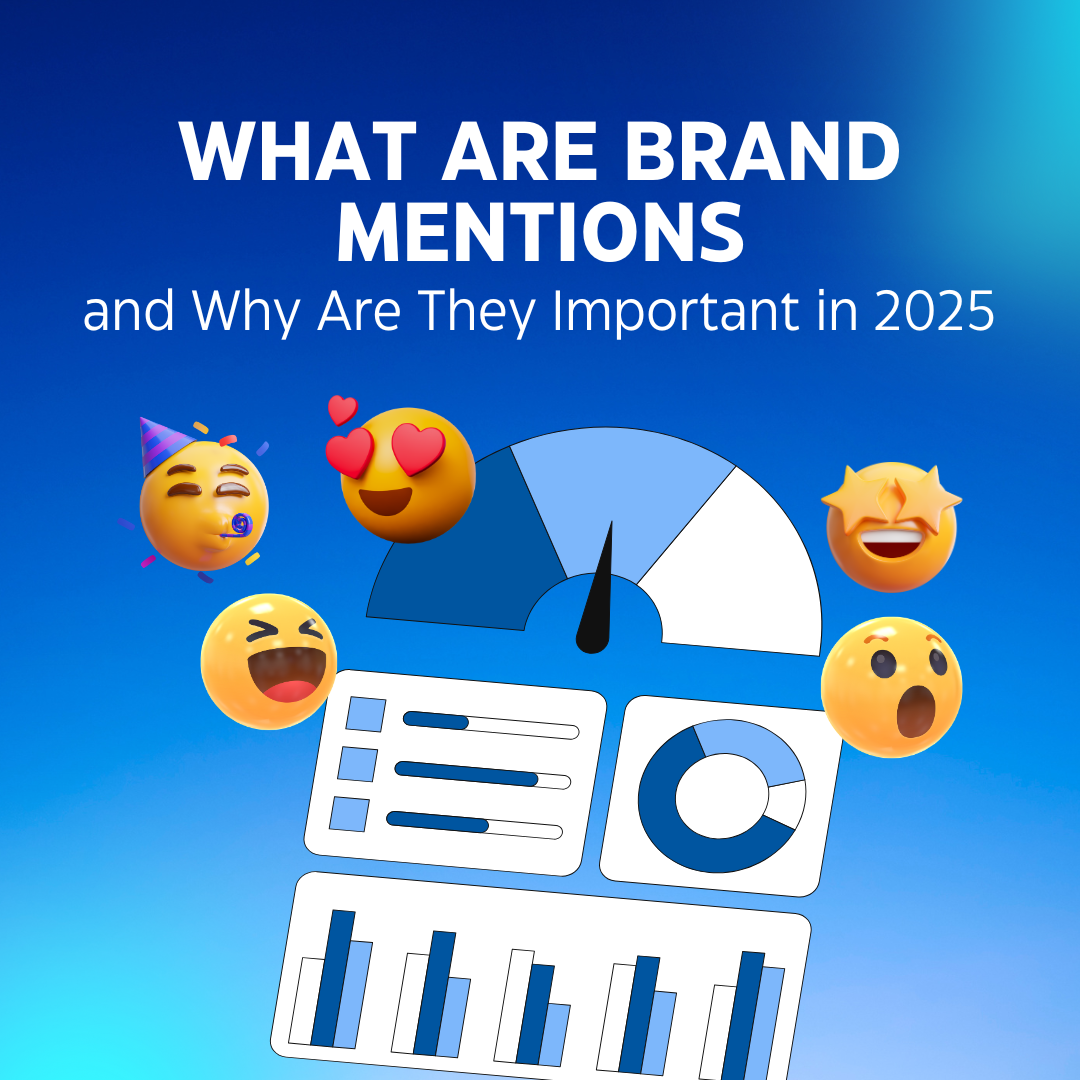
If we simply put it together, brand mentions refer to any time your business, brand, or product is mentioned across digital channels. These channels could be blogs, forums, social media, news articles and even online reviews. All of them work together to frame and shape your digital footprint, and largely your brand reputation.
Here’s what makes it so crucial: Google algorithms have gotten extremely smarter, and they now place significant importance on brand mentions as trust signals. It ends up impacting your SEO rankings and online visibility. Monitoring them ensures that you are always aware of online public sentiment and can swiftly respond to them.
It is important to address both positive and negative comments, as they work together to increase brand loyalty, form trust factors and drive customer decisions.
The Game Has Changed: It’s Not Just About Monitoring Your Mentions
As mentioned earlier in this blog, if you think that ‘brand mentions’ are simply people putting reviews about you, you are mistaken. They move beyond it. One important aspect of it is about capturing your competitors’ mentions as well. Statistics reveal that one single negative review can sway away 22% of your customers. The impact gets more intense as your brand size and digital footprint also grows.
Therefore, it is important to manage them well (Well, deleting is not a solution here). Instead, create an efficient balance between deletion and reply, so that your brand is not perceived to be ‘too good to be true’ for the consumers.
Consider this actual instance: A well-known fashion brand saw an increase in complaints over shipping delays. They publicly apologized and offered affected customers special discounts, addressing the issue head-on rather than running away. What might have been a PR disaster was transformed into a customer service masterclass, strengthening consumer loyalty in the process.
2. Direct vs. Indirect Mentions: What You Need to Track
Not all brand mentions are created and perceived to be equal. Here is what you should know about the types of brand mentions and their effect,
Direct Mentions
This is one of the most common mentions that a brand may encounter. Direct mentions refer to the instances when your brand name is explicitly mentioned, often with a tag or even hyperlink. For example, a customer tweeting about their opinion, or experience about your service and tagging your brand is a direct mention.
These occur when your brand name is explicitly mentioned, often with a tag or hyperlink. For example, a customer tweeting about their experience and tagging your brand is a direct mention.
Here’s a real example for your reference. You might have come across thousands of these posts on LinkedIn, Twitter (now, X) or even Instagram.

It is extremely important for brands to tackle such comments well, and most importantly, within minutes (otherwise, it can fuel more annoyance within consumers). This is where Deepsolv’s AI powered community management tool comes into the picture. It allows you to categorise these comments as per their impact, reply to them in seconds- all while maintaining your original brand tone.
Indirect Mentions
While direct mentions are easier to track, indirect mentions are where the process gets way complicated. These are way trickier to catch as they often involve subtle references, product mentions, or even misspelled brand names. One example could be someone raving about your product without actually mentioning your name, but people could perceive the same.
Believe it or not: Approximately 48% of customers discover a brand online through untagged vlogs, posts or even tweets online. Thus, the case is clear, indirect mentions contribute significantly to brand awareness and online visibility even when your brand name is not explicitly mentioned.
3. The Competitive Edge: Tracking Competitor Mentions
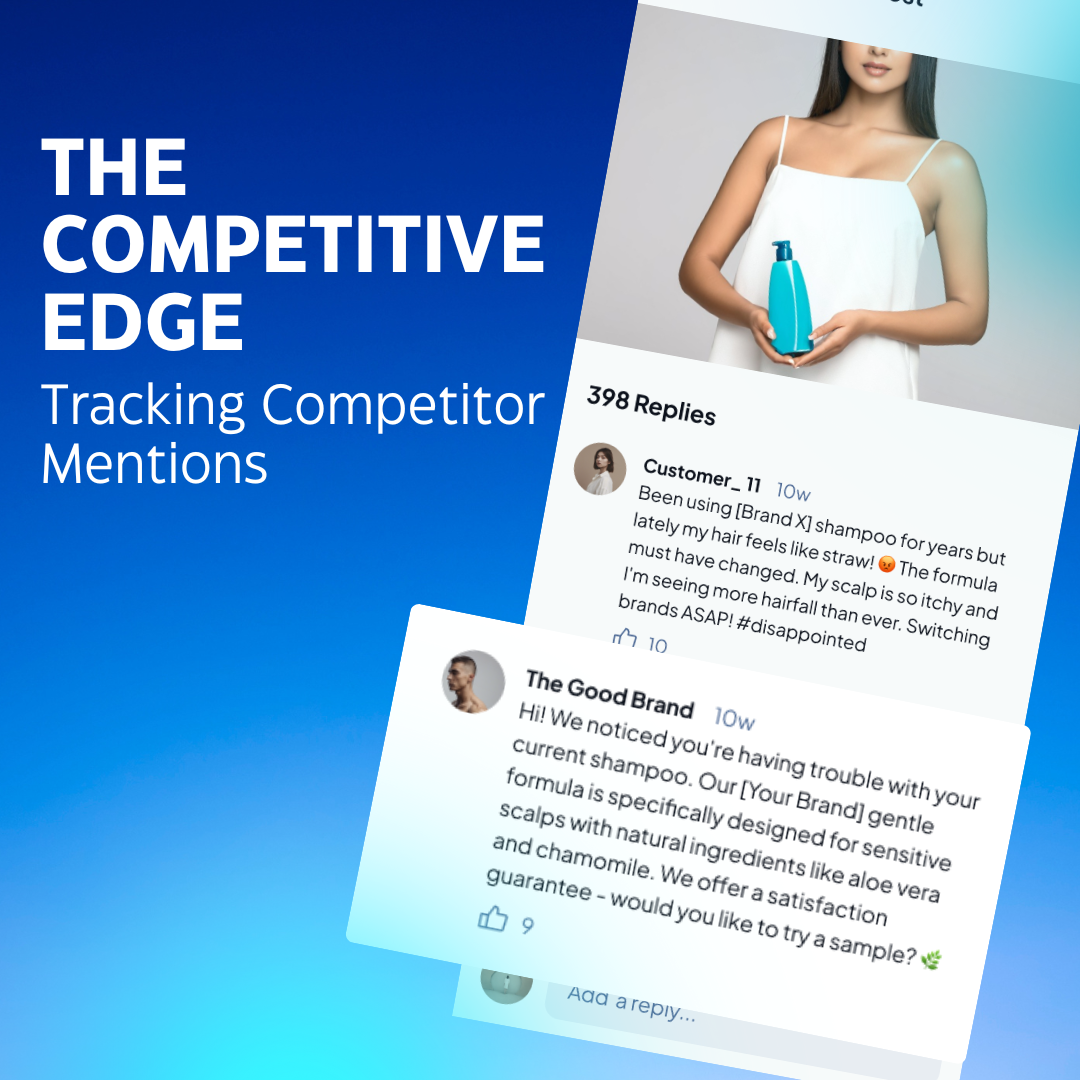
When we say ‘competitor mentions’, we don’t mean that you have to get nosy. It is all about gaining strategic insight into customer pain points and opportunities. If your competitor is getting dragged on your socials, it is your chance to swoop in and respond as per the sentiment.
Here are some popular use cases for competitor mention tracking:
- Deleting or replying to comments that mention your competitors, for increased brand reputation.
- Identifying dissatisfied customers on your channel and offering them a better alternative.
- Understanding what strategies competitors are using to engage their audience.
Spotting market trends based on competitor launches and campaigns.
4. The Role of Brand Mentions in Reputation Management
Your digital currency is all about your reputation online, and brand mentions indeed serve as a barometer of how customers perceive your work. Positive mentions build more trust, while negative ones signal areas for improvement,
How to leverage brand mentions for reputation management:
- Respond in real time: Address customer issues or queries swiftly to prevent them from snowballing into PR crises.
- Amplify positive mentions: Share and promote positive mentions to build credibility on your brand channels.
Analyze sentiment trends: Use sentiment analysis to understand overall customer sentiment over time and utilize them for your online brand strategy.
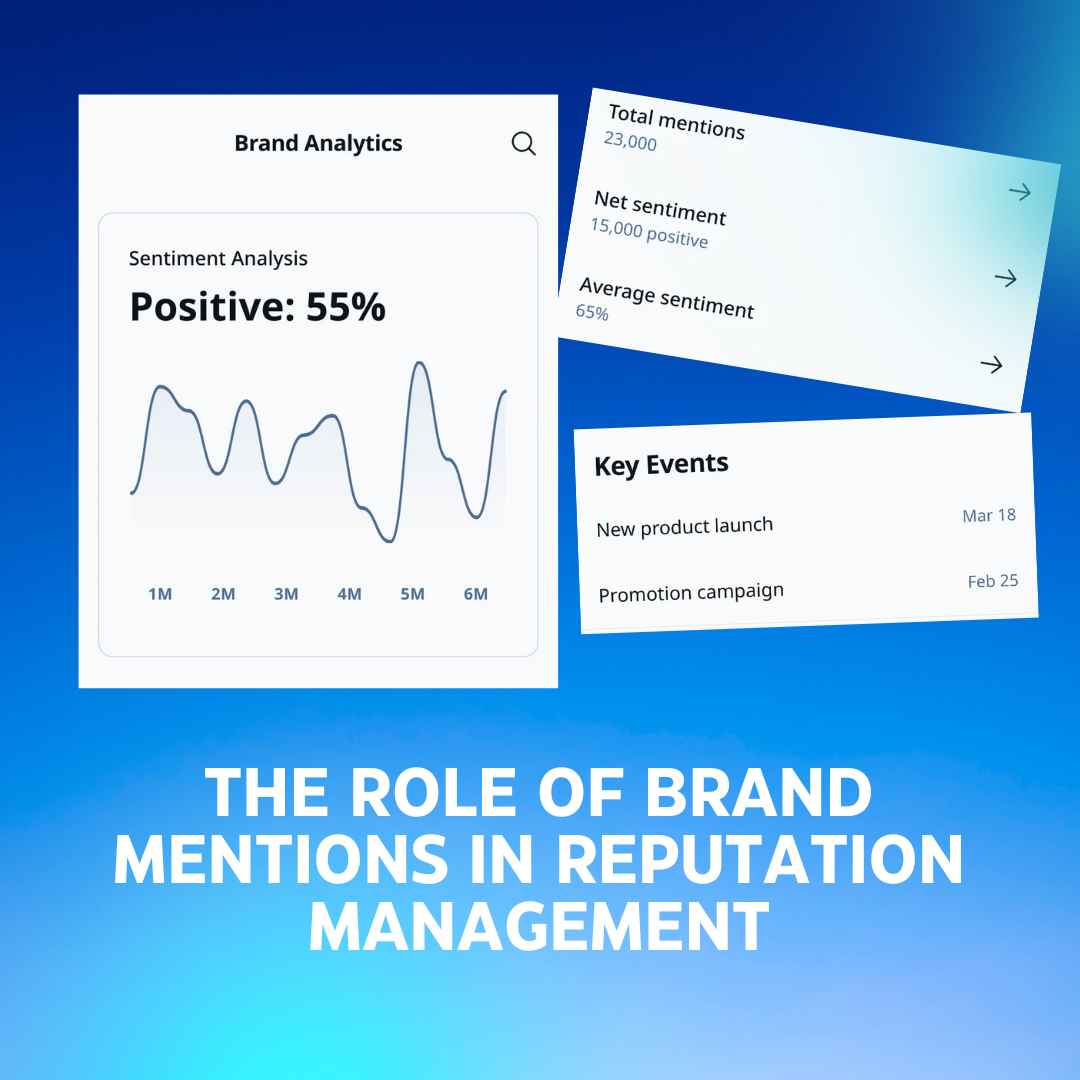
While sentiment analysis may sound like a complicated term, Deepsolv simplifies this for brands by using advanced AI models as they categorise customer queries/messages into actionable categories. For instance, general product queries can be distinguished from specific product queries as they would have different thresholds for conversion. Streamlining this would ensure better revenue opportunities with minimal manual work.
5. Boost Engagement and Revenue With Automated Brand Mention Tracking
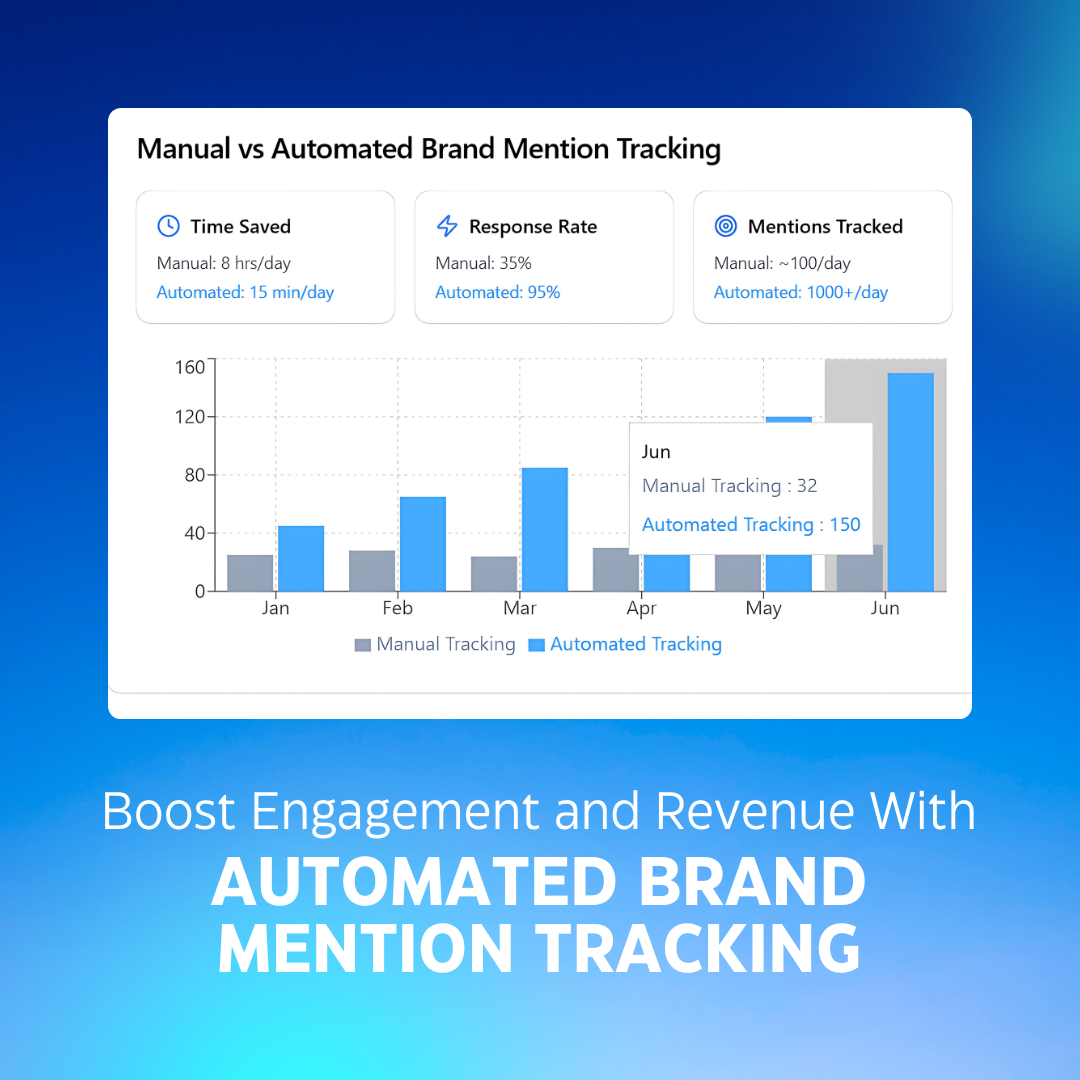
In 2025, the sheer amount of online conversations makes it practically impossible to manually monitor brand references. At this point, automation becomes essential.
How automation boosts results:
- Time efficiency: Hours of manual labor are saved when mention detection and classification are automated with AI-powered solutions like Deepsolv's community management.
- Improved accuracy: Automated tools reduce human mistakes and guarantee that important mentions are not missed.
- Increased engagement: Brands can sustain high engagement rates without depleting resources by automating responses to frequently asked questions or good remarks.
6. How to Implement Effective Brand Mention Tracking in 2025
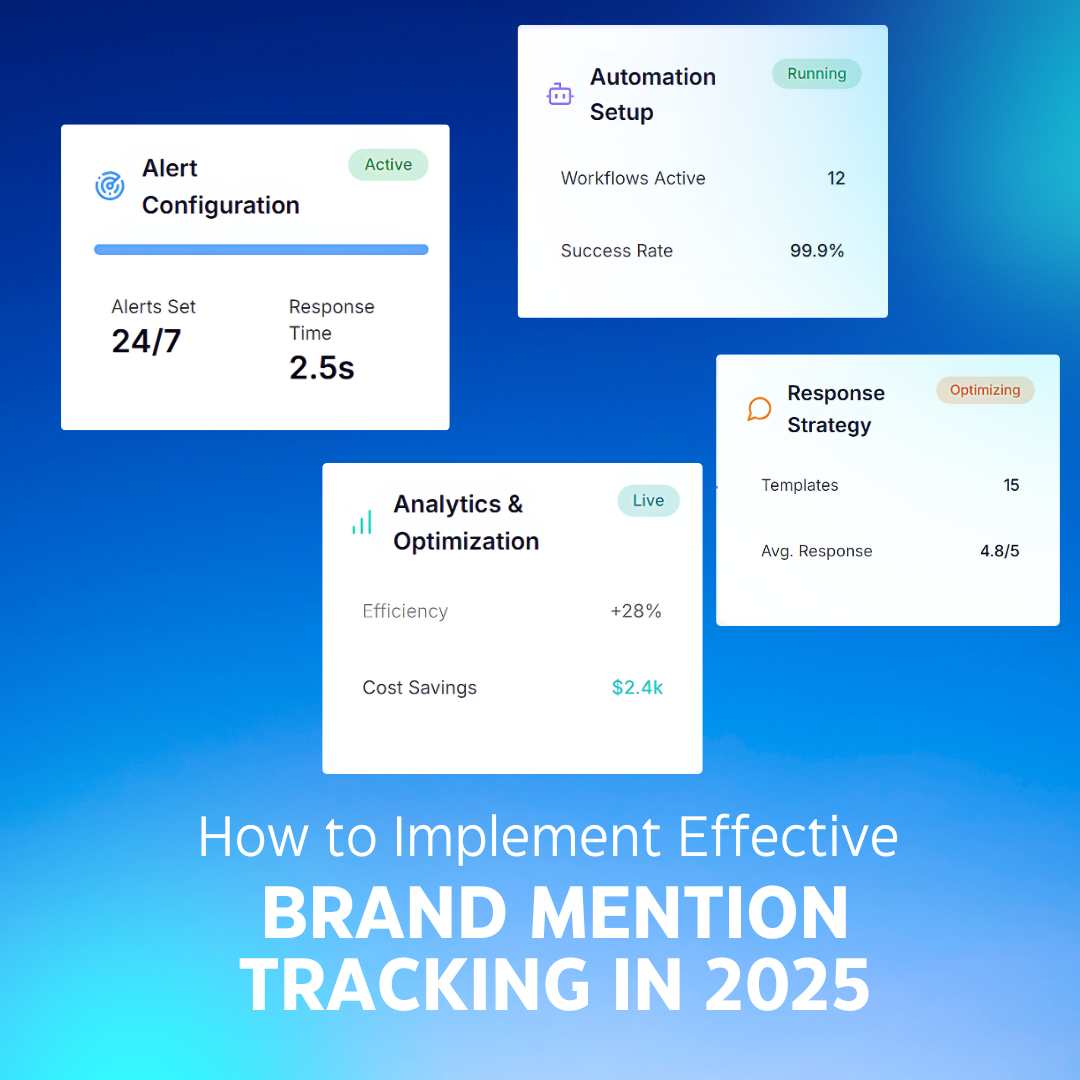
Step 1: Using resources like Google Alerts or social listening services, create alerts for competitor names, brand names, and pertinent keywords.
Step 2: Use AI-powered social media management tools like Deepsolv to automate replies across your social media handles.
Step 3: Develop a plan for reacting to mentions, whether they are neutral, negative, or good. Ensure that it sounds extremely friendly for the consumers.
Step 4: Be sure to regularly assess trends and modify your customer service or marketing tactics as necessary. You can also use Deepsolv’s comprehensive analytics for the same.
Conclusion: Don’t Just Listen—Act on What You Hear
Monitoring brand mentions is now a must-do tactic for safeguarding your brand, outwitting rivals, and promoting brand reputation. Ignoring this technique puts brands at danger of lagging behind in the fiercely competitive digital market.
Deepsolv’s AI-powered social media management is all you need to track brand mentions, analyze sentiment and offload some manual work. Curious about how we can help you transform your brand strategy? Book a free demo by clicking here and take your brand growth to the next level.


